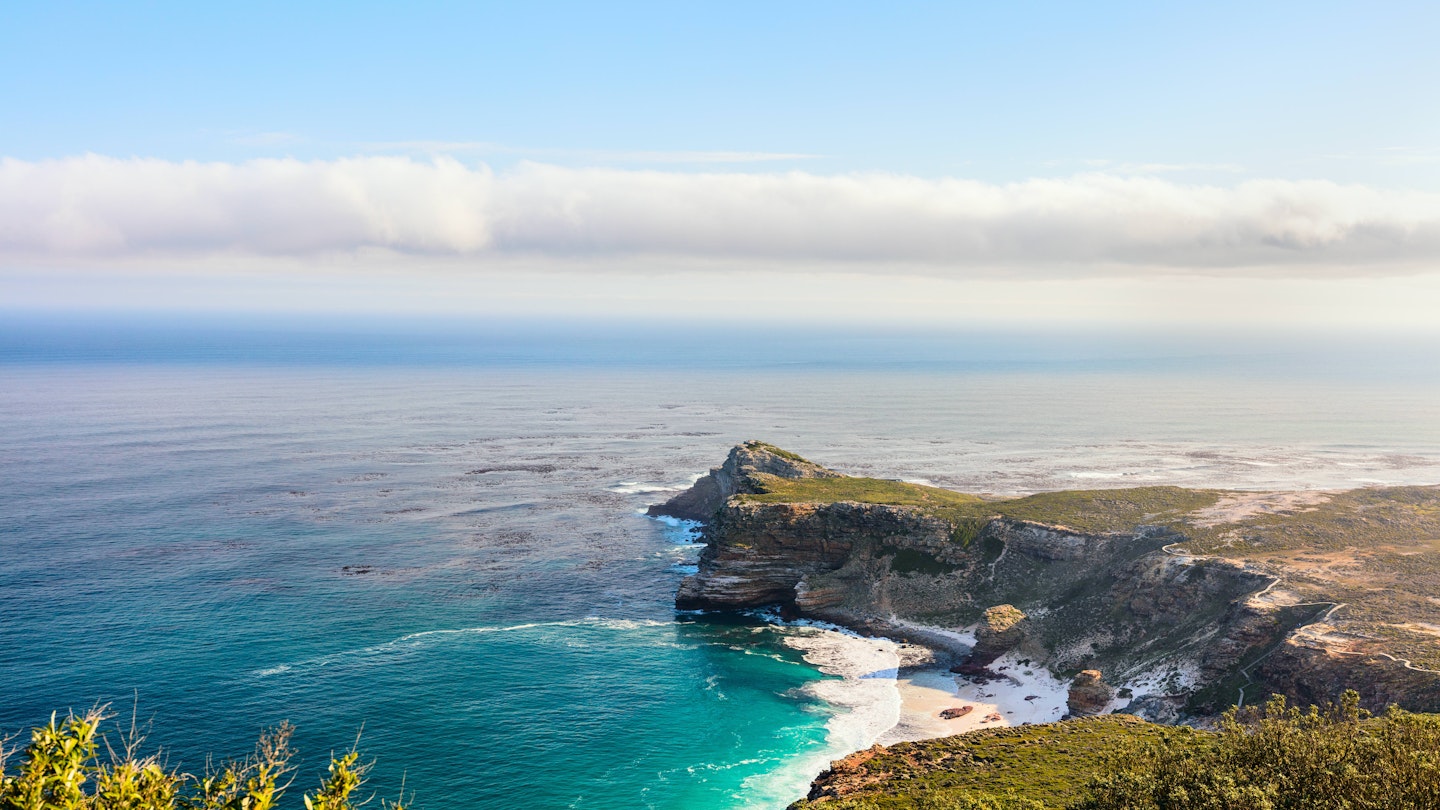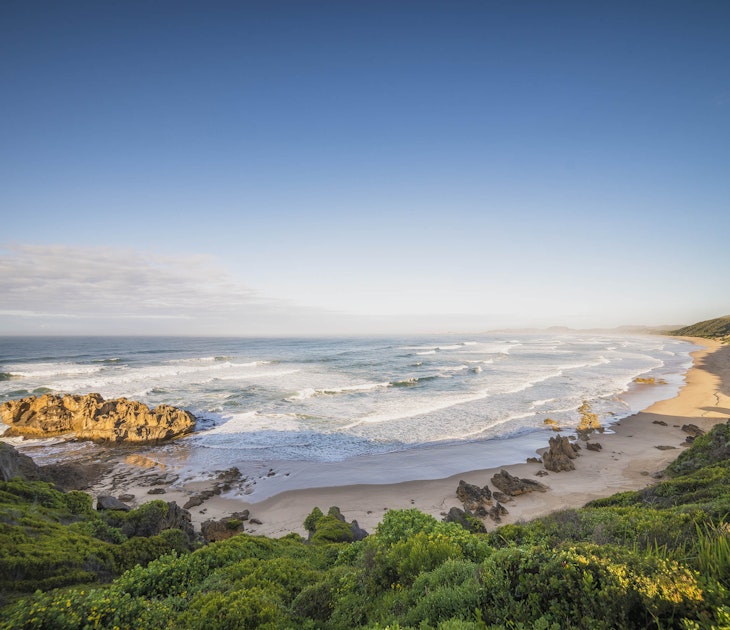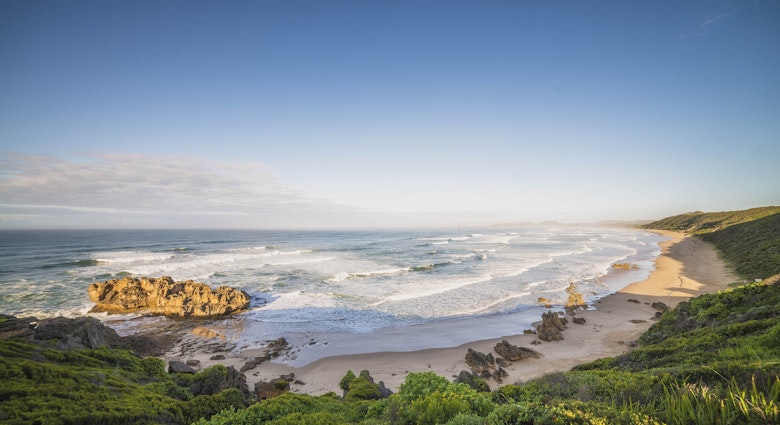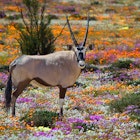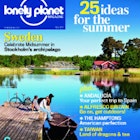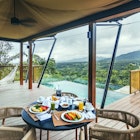South Africa’s Western Cape is full of famously delightful areas, such as the Winelands and Garden Route, but the West Coast is still a local secret. With its long, empty beaches and fishing towns, it’s where South Africans go on holiday. The rural region is one of the few areas where people address you in Afrikaans - before trying English if the only Afrikaans you know is braai (barbecue).
You need a car to get here, but the main stops are all within two hours’ drive of Cape Town. Heading north on Route 27 past Bloubergstrand - a good lunch stop overlooking Robben Island, where Nelson Mandela was incarcerated - the West Coast National Park is 120km from the city.
Spring flowers
Between mid-August and mid-September, the park offers an accessible, southern look at the spring wildflower bloom, which carpets the country’s western expanses. The Postberg area of the park is opened especially for viewing the fields of flowers, with a restricted number of vehicles allowed access.
If you come in September, you can also see migratory waders recuperating in Langebaan Lagoon after transcontinental trips. Flamingos and pelicans feed in the deeper water, and African penguins and gannets breed on the offshore islands.
The best place to stay is Paternoster, a whitewashed fishing village with blue-and-red boats on its sandy beach. Having been discovered by Capetonians, the village now has a disproportionate amount of art galleries and restaurants - as well as some of the country’s highest property prices. It’s famous for kreef (crayfish), which you can buy from local fishermen for R30 - check it’s fresh - or taste at the new festival devoted to the delicacy, which first took place last November.
Paternoster hangouts
Have a beer at the Paternoster Hotel, where knickers hang from the ceiling of the Panty Bar (formerly the gaol), and stay at Paternoster Lodge. A few kilometres west, there’s a campsite by the beach at Cape Columbine Nature Reserve - another good spot to catch the spring bloom, with a one-day hiking trail.
Heading north to Lambert’s Bay, the most direct route is the untarred toll road alongside the train tracks from Elands Bay. This is part of the 860km-long Sishen-Saldanha line, on which some of the longest, heaviest freight trains in the world transport iron ore from mines in the Northern Cape to a port near Paternoster.
South of Lambert’s Bay, the road passes Muisbosskerm restaurant, a great example of the all-inclusive buffets so beloved of holidaying South Africans. Book ahead, build up a monstrous appetite and come to the beach for a three-hour feast, with umpteen courses including braaied fish and traditional Afrikaans dishes such as waterblommetjie stew.
West coast wildlife
A boat trip from Lambert’s Bay offers the chance to spot the endemic Haviside’s dolphin, seals and, from July to January, humpback whales. A causeway leads to Bird Island, where a viewing tower enables you to get close to penguins, cormorants and a chaotic scrum of blue-eyed Cape gannets.
If you’re staying the night, head inland from the fish-processing factories to the tongue-twisting Van Puttensvlei. Here, you can camp or stay in a cabin in a 19th-century settlement, which declined with the growth of Lambert’s Bay.
The Cederberg
To return to Cape Town, continue inland and head south on the N7, from which a few roads lead into the 71,000-hectare Cederberg Wilderness Area. Among its craggy mountains are weathered sandstone formations such as the Wolfberg Arch and Maltese Cross, Here you’ll find San rock art, rare snow proteas and Clanwilliam cedars. The accommodation options, ranging from campsites to retreats on secluded plateaus, are all deep in nature, making the area a perfect staging post after those wild western beaches.
